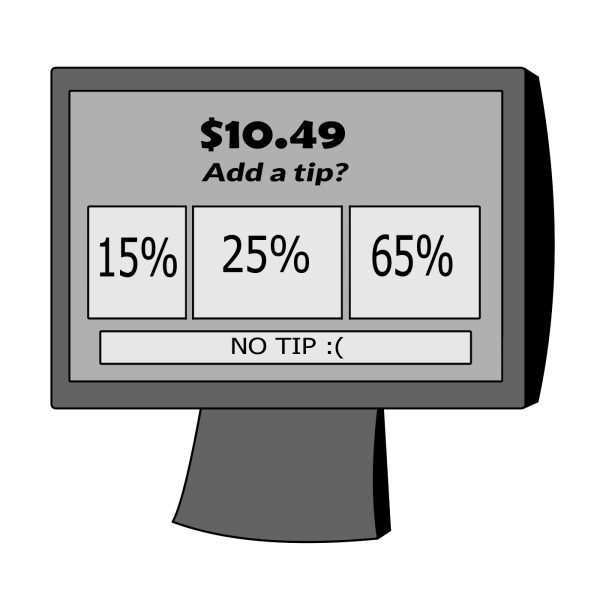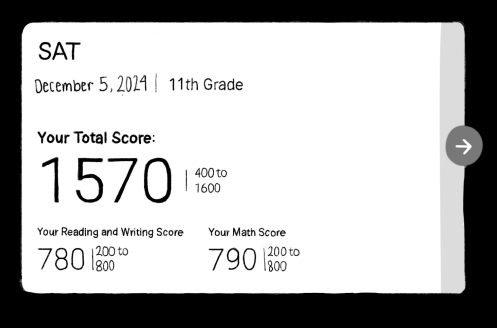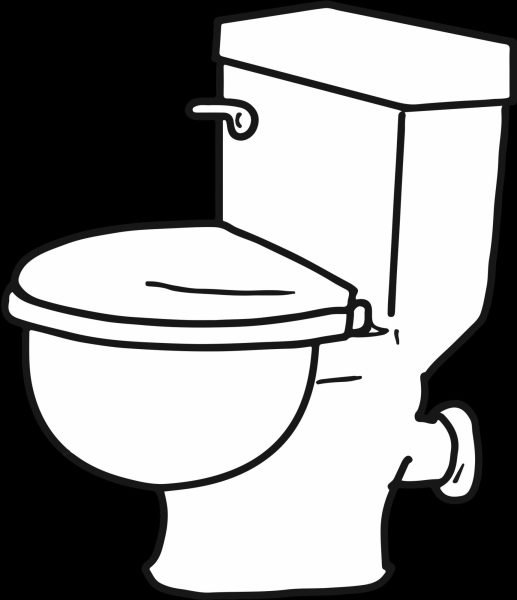How effective are teacher evaluations, really?
The Press Perspective
November 26, 2014
In 2010, Washington State set a lofty goal: to evaluate teachers and administrators in a way that would improve student learning and the classroom atmosphere.
Fast forward four years, and this Washington state legislation, known as the Teacher and Principle Evaluation Project (TPEP), is in full swing.
We at the Patriot Press do not dispute the necessity for evaluation of teachers. However, we see issues with the current evaluation system that could be addressed or corrected.
The TPEP system is based on two tracks: a Comprehensive evaluation and a Focused evaluation. The Focused evaluation happens every year and involves teachers or administrators being critiqued on one of the eight criteria of good teaching. These criteria include a high level of expectation, instruction, differentiation, content knowledge, learning environment, assessment, family and community connection, and professional practice.
During the Comprehensive track, which is used every four years in place of the Focused track, teachers are evaluated on all eight criteria.
During the evaluation process, teachers are required to provide numerical data for their classes that show student improvement in a specific area, as well as meet with the administrators to discuss their teaching method for the class.
Having an evaluation system for teachers in place is important in order to better the class environment and effectiveness for students, but the current system is not as effective as it could be.
The Comprehensive and Focused evaluation methods are scored by administrators, making the entire evaluation process largely subjective. Teachers’ scores in this program should not be solely based on the opinion of one administrator who may not be able to gauge how effective a teacher is based on infrequent classroom visits.
As students, we rarely see administrators observing teachers in the classroom. This happens only once or twice a year.
How can these people accurately assess the learning environment created by a teacher if they are rarely in the classroom?
These teaching criteria also cannot accurately be judged by numerical data. For a class such as math, progress could be easily determined by test scores, but what about classes like art or even English that may be developing skills that don’t fit into numerical data?
There are two solutions to this problem.
The first would be to have qualified administrators who understand the subject being taught, and know what effective teaching looks like, spending more time in the classrooms observing the teachers at work.
The second solution would be to involve us, the students, in this process. Since we are the ones most affected by teachers, we should be able to weigh in on how well they teach. After the class is over and students have time to reflect on their classroom experience, students should be asked how effective their teachers were based on how much they learned and improved in the class.
We should have a voice in how our teachers are evaluated.











